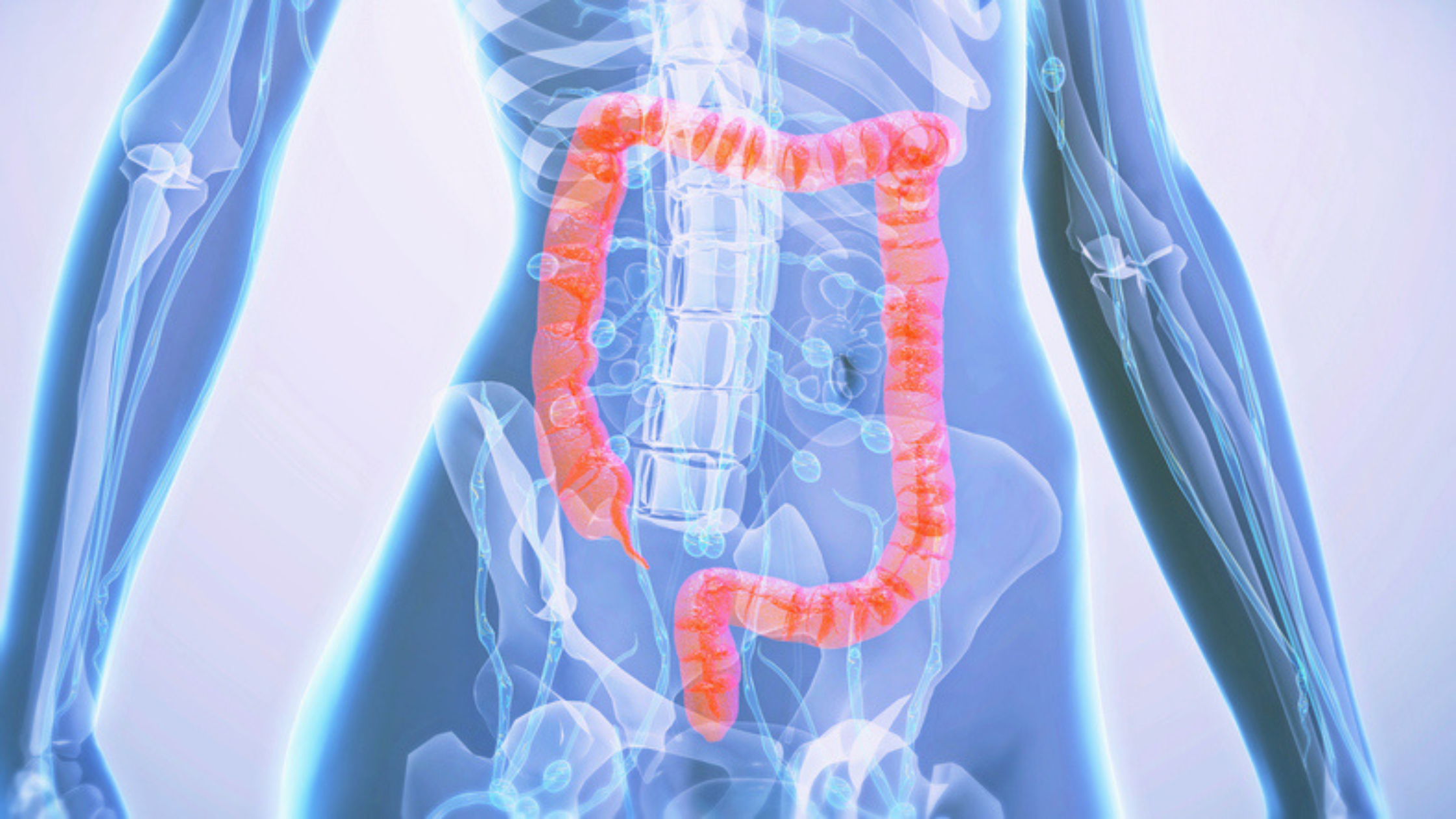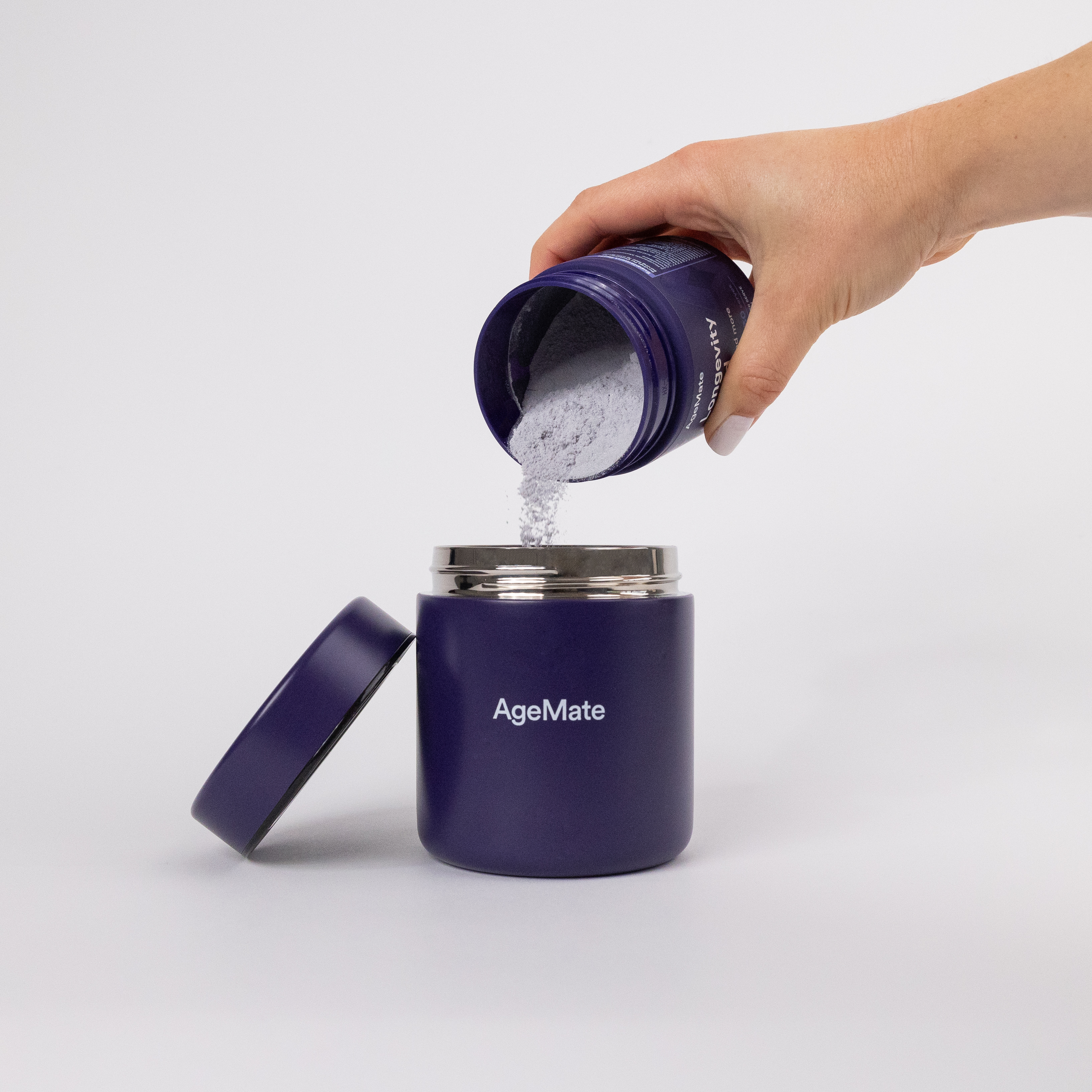Key Takeaways
-
Your Apple Watch can now help estimate your biological age, which reveals how well your body is ageing.
-
Lifestyle choices like movement, sleep and avoiding smoking show up directly in this new ageing score.
-
This technology could help you detect risks earlier and stay healthier for longer — right from the wrist.
Scientists have recently discovered that everyday smartwatch data can estimate biological age with surprising precision (R). It means you may be 65 on paper, but functionally 55 — or vice versa. And importantly, you now have a way to keep track.
Biological ageing has long fascinated researchers because it tells a far more accurate story than birthdays ever could. Two people the same age can age very differently depending on lifestyle, stress and overall health. Now, instead of waiting for health issues to arise, technology is giving us a chance to get ahead of the curve and make changes while they count.
Let’s explore how artificial intelligence, wearable sensors and modern science are bringing healthier ageing into everyday life — without a single needle or hospital visit required.
How AI Turns Your Heartbeat Into Biological Ageing Clues
Smartwatches already track heart rate, but beneath that number lies a treasure trove of hidden health information. A clever little sensor called a photoplethysmography (PPG) sensor shines green light into your wrist and measures changes in reflected light as blood pulses through the arteries.

Researchers analysed over 213,000 Apple Watch users to see what these waveforms could reveal about ageing (R). As the cardiovascular system matures over time, predictable changes occur. Arteries stiffen. The walls of blood vessels thicken slightly. Blood flow dynamics shift. These tiny changes subtly reshape the PPG waveform.
By applying deep learning (a type of AI), scientists predicted each participant’s age with an average error of just 2.4 years — similar to, or better than, expensive medical tests like DNA methylation ageing clocks (R).
They called the result PpgAge, a wrist-based biological age. And importantly, it can be measured continuously as you go about daily life. This gives individuals the means to understand their ageing trajectory, not just an occasional snapshot.
A Younger Age on the Inside: What It Means for Your Health
Your PpgAge gap compares your biological age to your chronological age. Ideally, both should match. But when biological age climbs ahead, it may signal elevated health risk.
Researchers observed strong connections between higher PpgAge gaps and age-related conditions such as heart disease and diabetes (R).
Key examples include:
- Men aged 35–45 who appeared six or more years biologically older were 3.5 times more likely to be diagnosed with heart disease.
- Women in the same age group were 2.4 times more likely to have diabetes when biological ageing accelerated.
These findings remained significant even when accounting for factors like cholesterol, smoking and blood pressure. That suggests biological ageing offers additional insight into future wellbeing, often before symptoms appear. This supports the shift from reactive to proactive health management.
How Your Daily Choices Shape Your Biological Age
One of the most empowering aspects of this technology is that biological age is not set in stone. Your body responds to the decisions you make each day, and PpgAge captures this beautifully.
Movement Keeps You Functionally Younger
People who were in the lowest 20 percent of daily movement appeared up to four years older biologically by their mid-70s (R, R). Those who moved more frequently stayed closely aligned with their chronological age. Regular physical activity supports improved circulation, flexible arteries and better heart efficiency, all linked to healthy ageing.

Smokers Age Faster Internally
Daily smoking was associated with three to four additional years of ageing by the mid-60s. Former smokers showed biological ages in between, indicating that the body can recover some cardiovascular resilience over time (R).
Sleep Is a Daily Investment in Youthfulness
Good sleep does more than refresh the mind. It restores the heart and blood vessels. Each extra hour of deep sleep was associated with nearly one year younger biological ageing (R).
Subtle shifts, such as more consistent sleep routines, may help reduce cumulative ageing stress. Biological age measurements make the impact of small but consistent choices visible, which can help motivate long-term habits.
Watching Your Age Change in Real Time
Wearable ageing clocks also highlight the effect of major life events and recovery.
- During pregnancy, women experienced an average increase of 3.6 years in biological ageing, particularly near the final trimester (R).
- Following a heart attack or surgery such as bypass or valve replacement, biological age rose 1.7 to 2.5 years over six months as the body coped with significant cardiovascular demand (R).
Because PpgAge updates continuously, it allows researchers and clinicians to observe if and when the body recovers. This could transform how rehabilitation and health improvements are measured.
It also helps reinforce the idea that ageing is dynamic. Positive change can influence the trajectory in a matter of months.
A Positive Future for Personalised Ageing
The potential benefits for Australians are considerable. Instead of one-size-fits-all guidelines, we are moving toward personalised health insights.
This innovation promises:
- Accessible health monitoring without needing a clinic visit
- Earlier warnings for cardiovascular and metabolic risk
- Evidence-based feedback on lifestyle changes
- A deeper understanding of your unique ageing journey
As these tools continue to evolve, more of us may be able to track and protect our health in ways that feel intuitive and empowering. Wearable technology is helping people feel more in control of their ageing experience.
A Few Things Still to Learn
As with any emerging science, more research will strengthen our understanding.
- Current data is primarily from US smartwatch users, so wider representation is needed.
- Medical information in the study relied on self-reporting.
- PpgAge currently reflects cardiovascular ageing most strongly, while other body systems also contribute to long-term wellbeing.
Even so, this marks an important step toward comprehensive biological ageing monitoring that is available on a mass scale.
A Healthier Age Awaits
Your smartwatch can now offer more than steps, rings and heart rate. It is becoming a helpful tool to understand how your body is ageing and how your choices are shaping your future. The most encouraging takeaway from this research is that the ageing process is not fixed. It responds to the positive actions you take each day. Small changes build meaningful momentum.
Are you curious about what else your smartwatch can do to support healthy ageing? Explore our next article.





